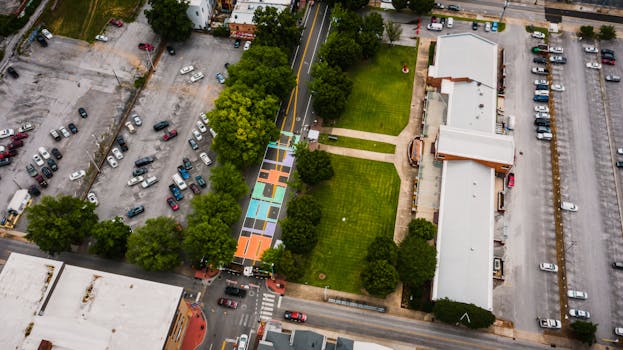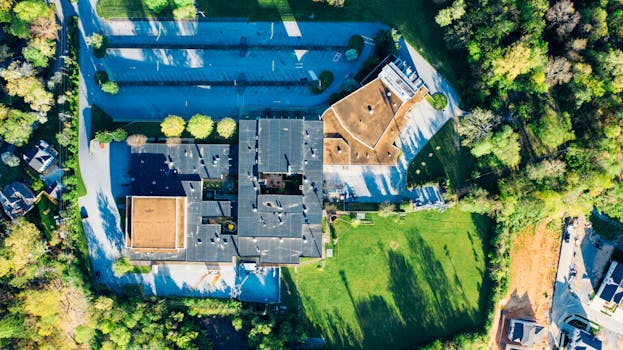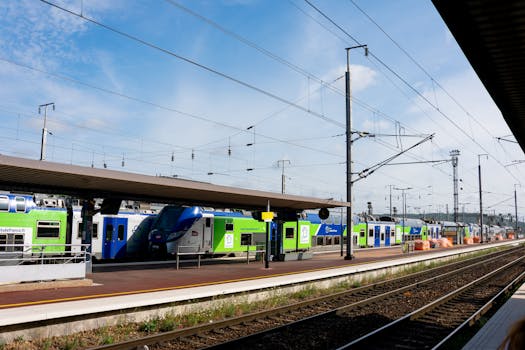Urban Green Spaces: The Future of Outdoor Living in European Cities by 2025
Urban Green Spaces are becoming increasingly important in European cities, and for good reason. As the world becomes more urbanized, the need for green spaces has never been more pressing. By 2025, European cities will have to adapt to the changing needs of their citizens, and urban green spaces will play a crucial role in this transformation.
What are Urban Green Spaces?

Urban green spaces refer to areas of greenery in urban environments, such as parks, gardens, and green roofs. These spaces provide a range of benefits, including improved air quality, reduced noise pollution, and increased biodiversity. They also offer opportunities for recreation, socialization, and relaxation, making them essential for the well-being of urban residents.
The Importance of Urban Green Spaces in European Cities
European cities are facing numerous challenges, including climate change, urbanization, and social inequality. Urban green spaces can help address these challenges in several ways. For example, they can help mitigate the urban heat island effect, reduce flood risk, and improve air quality. They can also provide opportunities for social interaction, community engagement, and cultural activities, helping to build more cohesive and inclusive communities.
The Future of Outdoor Living in European Cities

By 2025, European cities will have to prioritize sustainability, resilience, and social equity. Urban green spaces will be at the heart of this transformation, providing opportunities for innovative and inclusive design, community-led initiatives, and integrated green infrastructure. As cities become more densely populated, urban green spaces will become even more important, providing a range of benefits that will enhance the quality of life for urban residents.
Case Studies: Successful Urban Green Space Projects in European Cities

Several European cities have already implemented successful urban green space projects. For example, the city of Copenhagen has implemented a green roof policy, requiring all new buildings to have green roofs. The city of Barcelona has created a network of urban parks and gardens, providing opportunities for recreation and socialization. The city of Amsterdam has implemented a green infrastructure plan, incorporating green spaces into the city’s urban planning.
Conclusion

Urban green spaces are the future of outdoor living in European cities. By 2025, these spaces will play a crucial role in shaping the sustainability, resilience, and social equity of urban environments. As cities become more densely populated, the need for green spaces will only increase, providing opportunities for innovative design, community-led initiatives, and integrated green infrastructure. It is essential that European cities prioritize urban green spaces, ensuring that they are designed and managed in a way that benefits both people and the planet.




